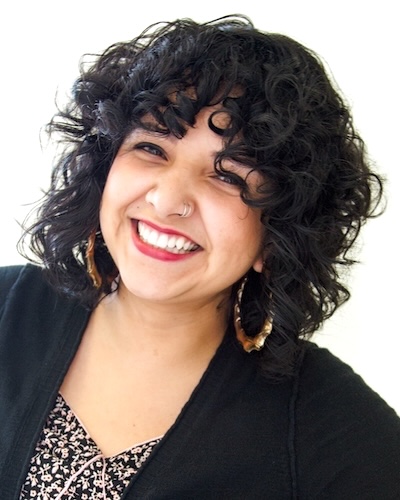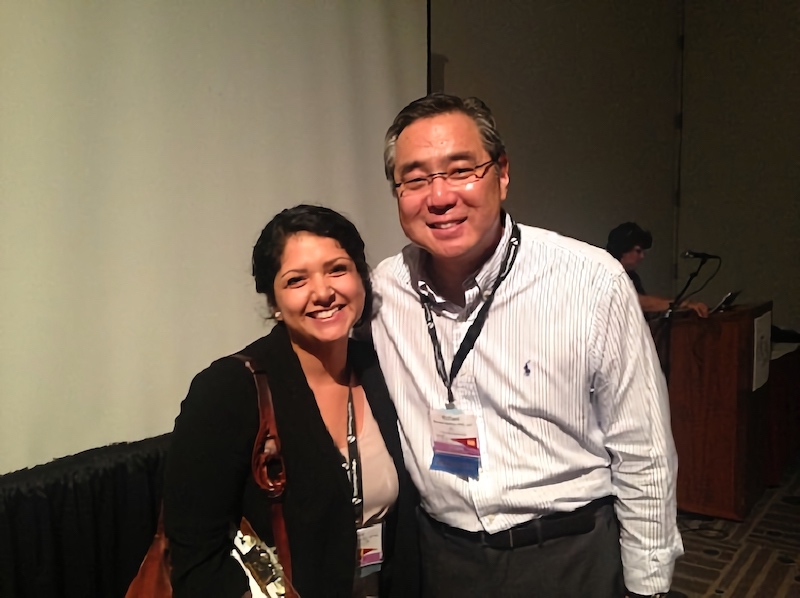Dr. Michael Iwama and the Kawa Model

October 22, 2014
by Brenda
Getting Involved What are OS/OT?
This past weekend, I attended the 2014 OTAC Conference and this year it was held in Pasadena, CA. One of the biggest highlights from this event was meeting Dr. Michael Iwama! I was star struck to say the least. Fortunately, he made himself very available to everyone who wanted to speak with him and I was even able to take a picture with him.

Dr. Iwama and me at the 2014 OTAC Conference
Here at USC, we familiarize ourselves with his work during the Spring semester of our first year of the program. One of our readings for the Clinical Reasoning Class includes his article Toward culturally relevant epistemologies in occupational therapy. In this article, he argues that in order to develop into a service that universally benefits all, we must strive for more culturally, relevant epistemologies, theories, and practice methods. He developed a conceptual model of practice that is known as the Kawa (River) Model. The Kawa Model uses Eastern philosophical views and perspectives to help view human occupation in a slightly different way from our Western common discourse. In order to transcend cultural boundaries, Dr. Iwama uses the metaphor of a river to illustrate a person’s subjective views of self, of well-being, and the meanings of occupations. With this concept, he encourages us to look at what the client perceives as personal assets, problems and circumstances in their lives, all of these representing different elements found in a river. As occupational therapists, Dr. Iwama states that we can focus on the spaces found in each client’s unique river and can view these as potential channels to increase the client’s flow through occupations. From this view, we become the people that enable the life-flow of our patients; another thing to add to my definition of occupational therapy!

Image taken from kawamodel.com
⋯
Next by tag Getting Involved ⟩ What are OS/OT? ⟩
⋯





